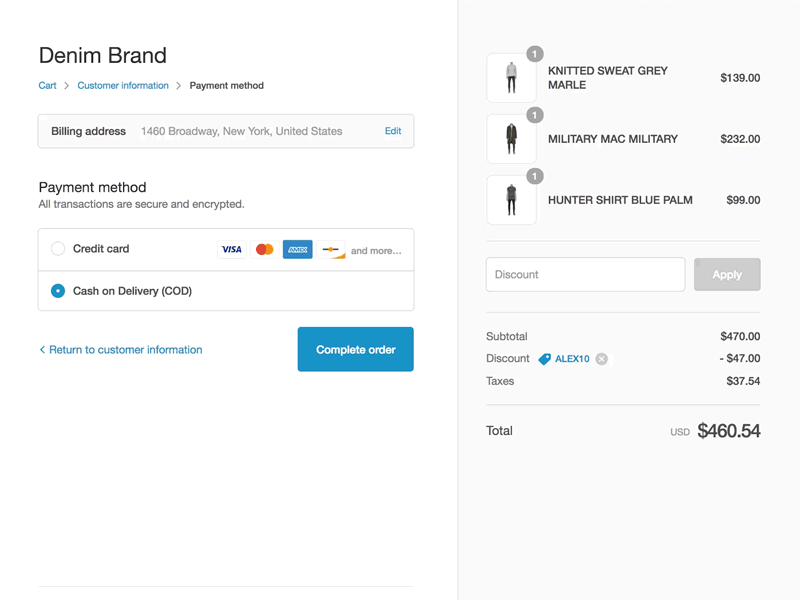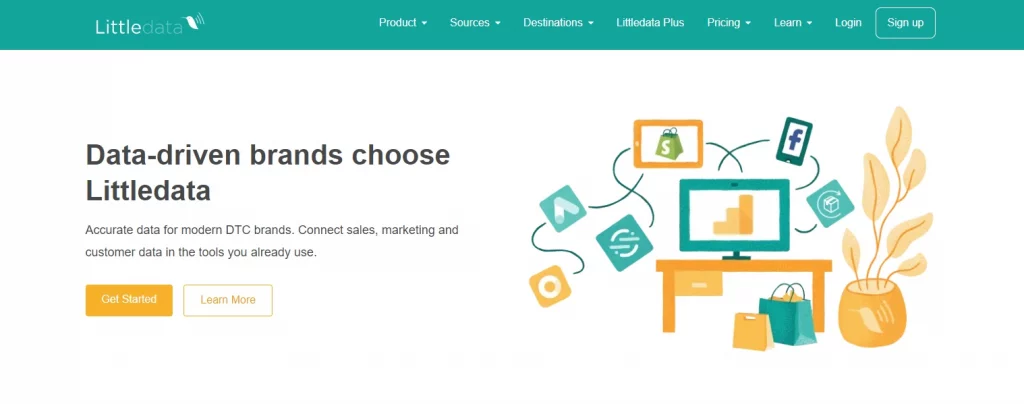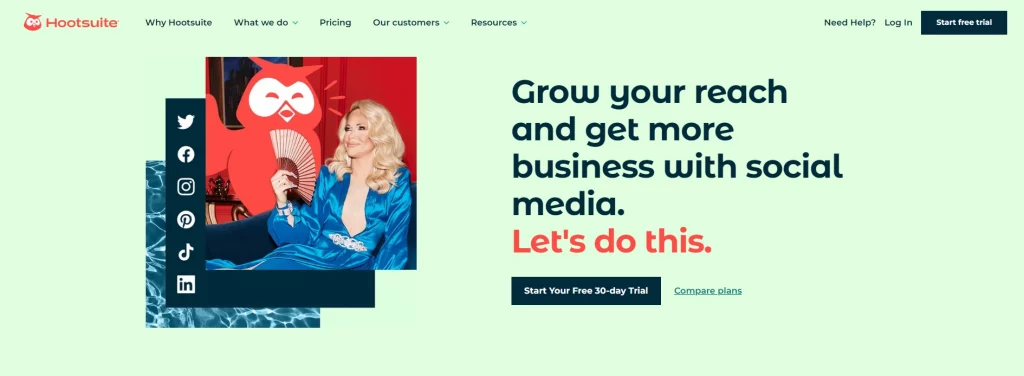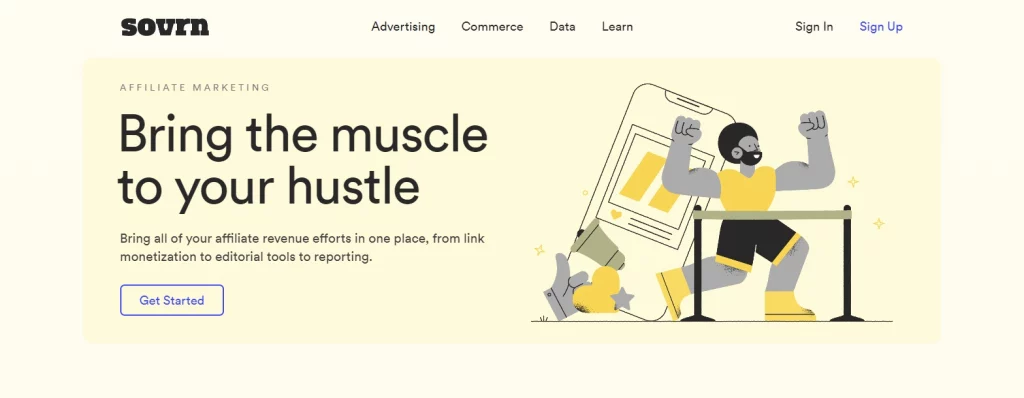What’s in your marketing toolbox? It seems every year, what grabs an audience’s attention changes faster and faster, so businesses constantly need to update the tools they use to most effectively attack each marketing channel. For example, just a year or two ago, working with social media Influencers seemed like something only the major brands with money did. Now, there are over a dozen platforms to connect with influencers that cater to small businesses.
Your marketing stack should have the apps and services that tackle modern advertising problems in order for your business to edge out the competition. With such a competitive atmosphere, especially for online retailers, every edge helps. Here are just six of what we use in our own marketing stack, which may inspire you to incorporate them for your marketing efforts.
1. An Affiliate/Referral/Influencer Marketing Platform

Of course, we want this platform you choose to be us, but from a purely helpful recommendation, not doing affiliate marketing at all is way worse for your business than not using Refersion. According to IAB (via performancein.com), affiliate marketing sees a 16-to-1 ROI. For every pound a businesses spent (it was a UK study) on affiliate marketing, they saw 16 pounds in revenue.
This is just a mind-blowing statistic and all you need to know to start investing in this marketing channel ASAP. And with savvy consumers distrusting brands more and more, and turning to their friends, family, and Influencers for buying cues, the future of purchasing will subsist on consumer recommendations.
Do your due diligence, research your affiliate marketing options, and choose the service or white-label platform that suits your needs and get started today. We’ll be here when you’re ready to sign up!
2. Klaviyo — Smarter Email Marketing

It’s 2023 and nothing has quite replaced email for mass communication, and email marketing is still a great channel that converts into sales. According to Mailjet, marketers say that email marketing performance is actually increasing, despite the plethora of other communication methods available today. Makes sense; you hear all the time about people leaving social media, but no one ever gets rid of their email.
Our marketing stack includes Klaviyo, a marketing automation and email platform for e-commerce. Specifically, we are huge fans of the intelligent, data-driven segmentation Klaviyo provides that allows for better personalization when sending out marketing emails. Considering that the link above showed that the majority of marketers say that personalization is the key to better results, accurate and analytical segmentation is the crucial part of that process.
Because Klaviyo allows you to segment by the offer that someone saw, or the location they’re in, or recently of email interaction, and more; it simply allows for smarter email campaigns that lead to higher response rates. With email marketing showing no signs of slowing down in 2019 and beyond, a tool that helps you segment smarter won’t ever go to waste.
3. Little Data — Deeper, More Actionable Analytics

Two things we’re constantly surprised by: 1) businesses that don’t use analytics at all when making important marketing decisions, and 2) businesses that do use Google Analytics, but poorly.
Even in 2023, many companies, especially SMBs, are reluctant or even scared to dive into their analytics to make better business moves. Even though Google Analytics is free, many haven’t either taken the time to install it on their site or actually use the insights to take any action. It seems that there is some paralysis that comes with looking at Google Analytics, as it can be a lot to take in, and the data comes in a raw-ish form that doesn’t often easily spell out recommended action items.
That’s why we think LittleData can be the bridge between your analytics and the humans that run your marketing. It not only helps make sense of the data that Google Analytics spews out, but also helps fix your Google Analytics data tracking for better accuracy, and best of all provides an easy-to-read list of action items that show you exactly where your business is falling behind averages and benchmarks.
As the screenshot above illustrates, LittleData makes it dead simple to see what a business needs to fix that can immediately move the needle to earn more sales. All of a sudden your analytics actually translate to action, and for a marketing team that’s been mostly guessing their way through, it can be a total game changer.
4. Hootsuite — All-in-One Social Media Management

In 2023, any and every marketing team needs a social media management tool to help them create posts, schedule them, see what’s trending and relevant to their niche, find Influencers, and more. For us, there’s still nothing more easy to use and intuitive than Hootsuite.
If you’ve been in marketing for the last decade or so, you’re probably already familiar, if not a user, of Hootsuite’s set of social media tools. What you may not know is that they’ve been continually adding new functionality such as automatic suggestions of how to crop your images to fit each platform, a more robust mobile app so you can manage on the go, and a better app store to give you more options. These little upgrades continue to add up and make the entire social media management experience fun and easy.
When Instagram and Facebook say jump, all these supporting apps have to say “how high?” and Hootsuite has always done a great job of updating when they do. Not to mention its great support of LinkedIn as well, which we think will be a formidable social media platform as this generation ages up.
5. VigLink by Sovrn — Leverage Content Everywhere

When we’re talking about reach, as with all things in marketing, content is king. While publishing your own content via a blog or white papers is necessary and beneficial, there are other ways to get much more reach than just your business’ internet presence alone. This is where tools like VigLink comes in to help you get that incredible reach.
VigLink helps companies leverage their products across millions of sites, so the breadth of your reach is exponential. By using their services, businesses can add affiliate links to content that’s relevant to their niche and capture many more eyeballs than you could even if you published a post a day.
Refersion customers can even utilize the Refersion Marketplace to immediately start using VigLink’s network of publishers, currently numbering more than 2 million. So instead of dealing with affiliate reps one by one to link on their content, you’ll have quick access to many more than you could ever hope to reach in a lifetime.
6. Shogun — Create Better Landing Pages

If you sell anything online, your best (and most necessary) form of marketing is your website itself. No matter how good your social media game might be, if it drives traffic to a poorly designed landing page with bad UX, you’re not going to convert any of those views; not to mention potentially harming your brand image.
Shogun is a drag-and-drop visual page builder that is really easy to use when creating not just landing pages for marketing purposes, but e-commerce product pages as well. In fact, it allows marketing teams to build landing pages on their own without Dev help, which can actually save you money in the long run, especially since it’s good practice now to have highly varied and customized landing pages for each segment of traffic you bring in.
It’s definitely a handy tool to have in your marketing stack when 2023 and beyond will be all about personalized customer experiences. Imagine building a landing page for just 100 people at a time. We seem to be approaching that level of segmentation, so it’s a good idea to invest in something that allows for that level of website flexibility.



